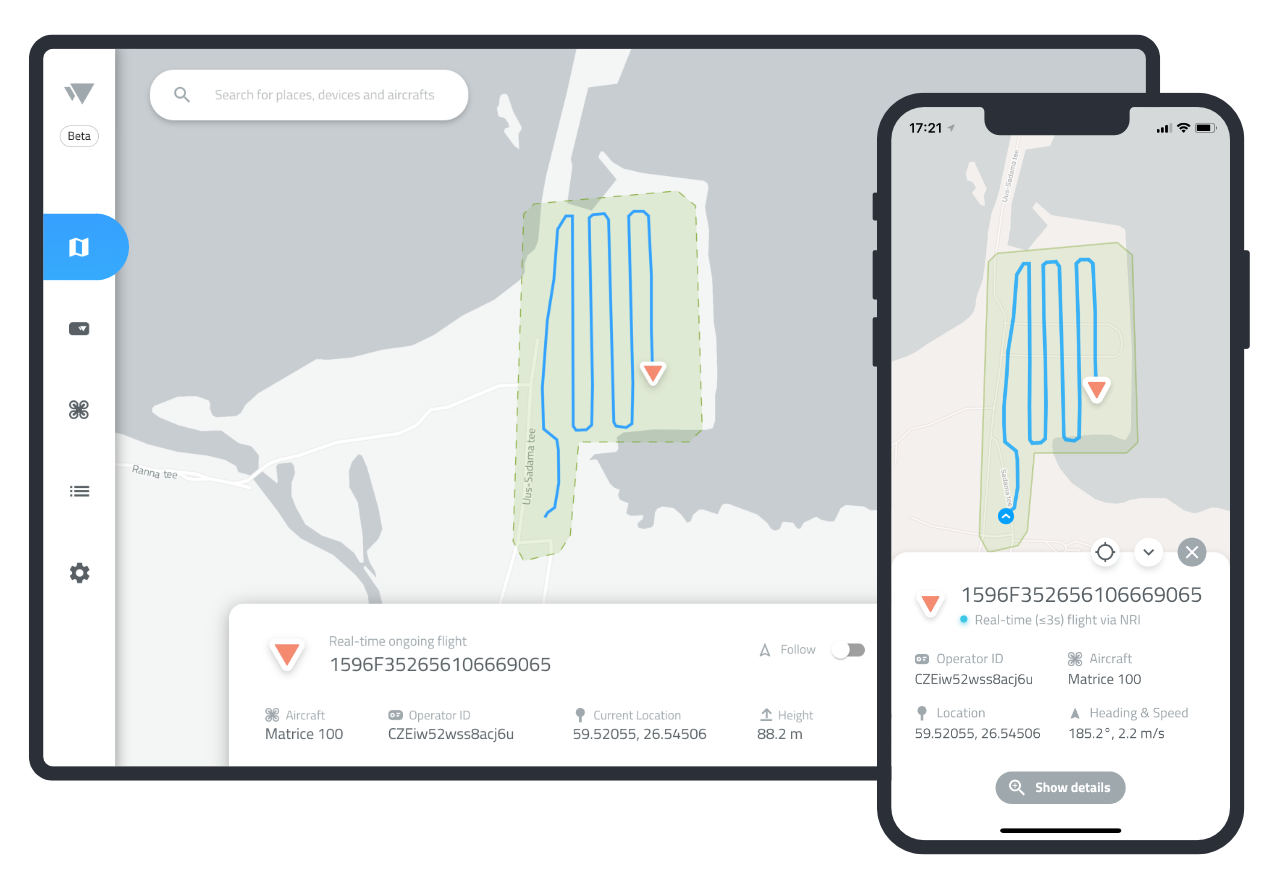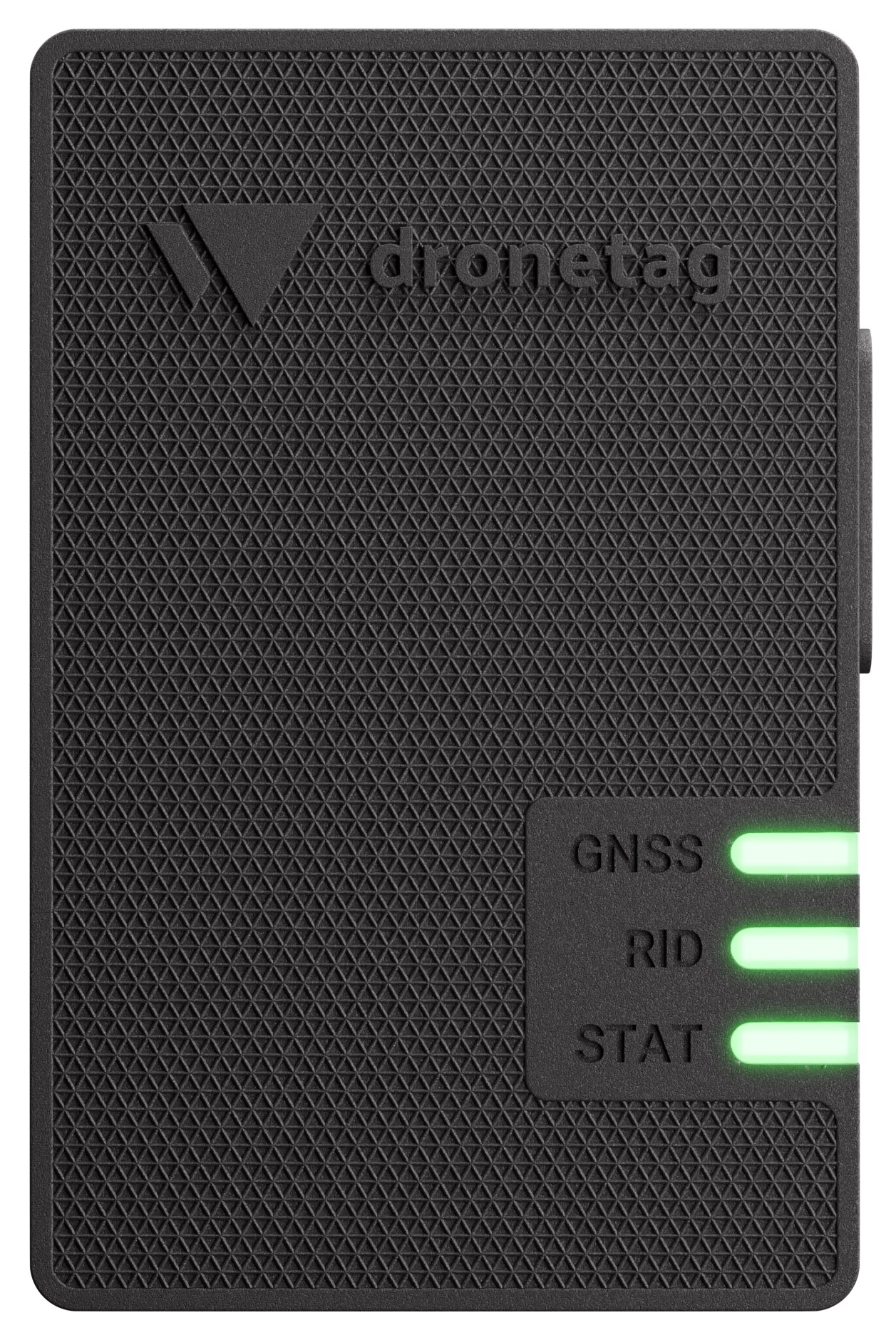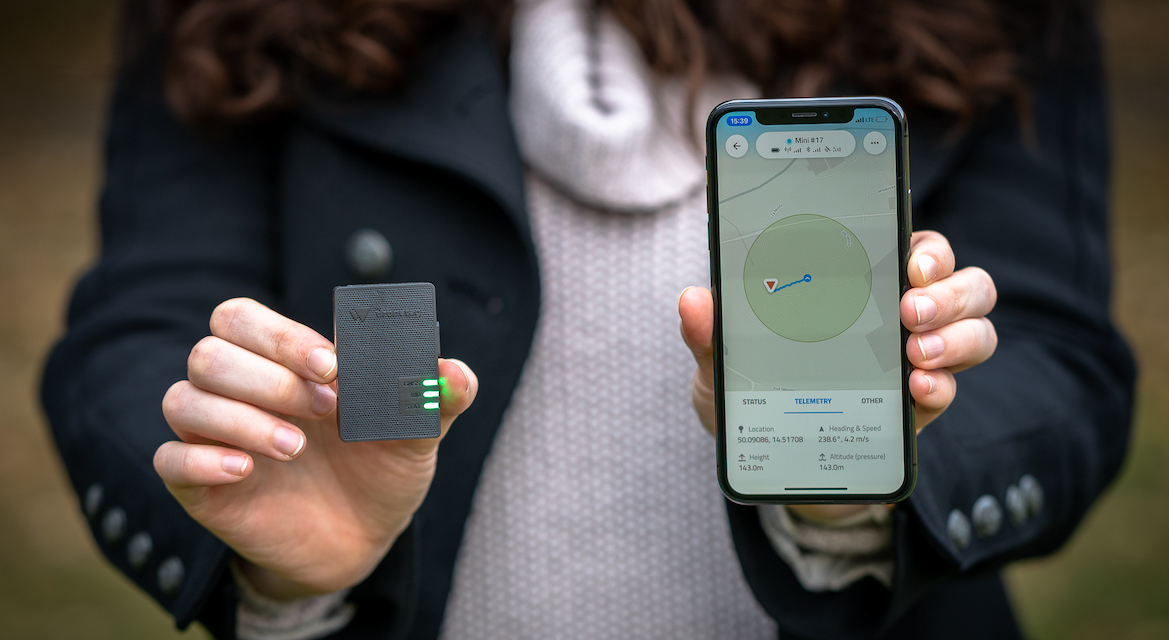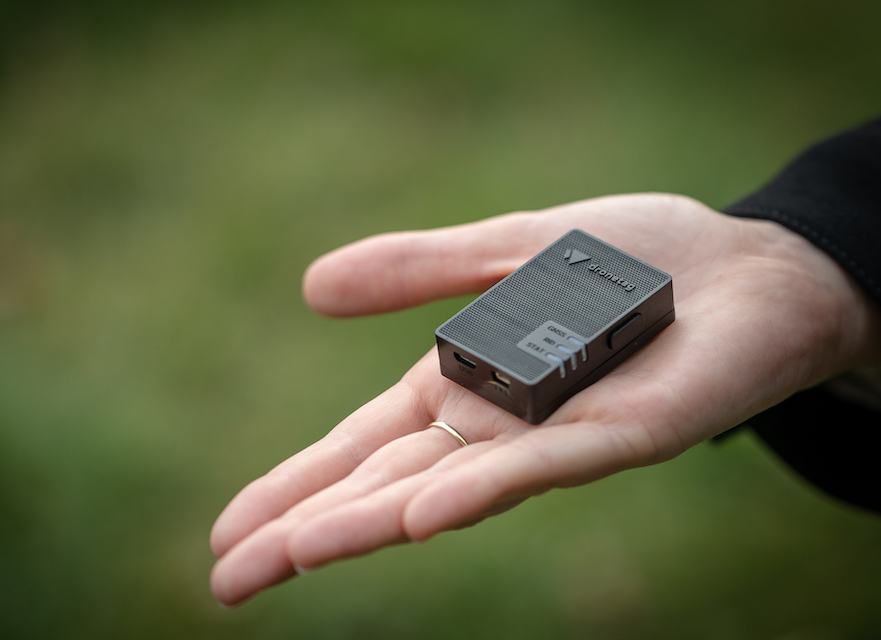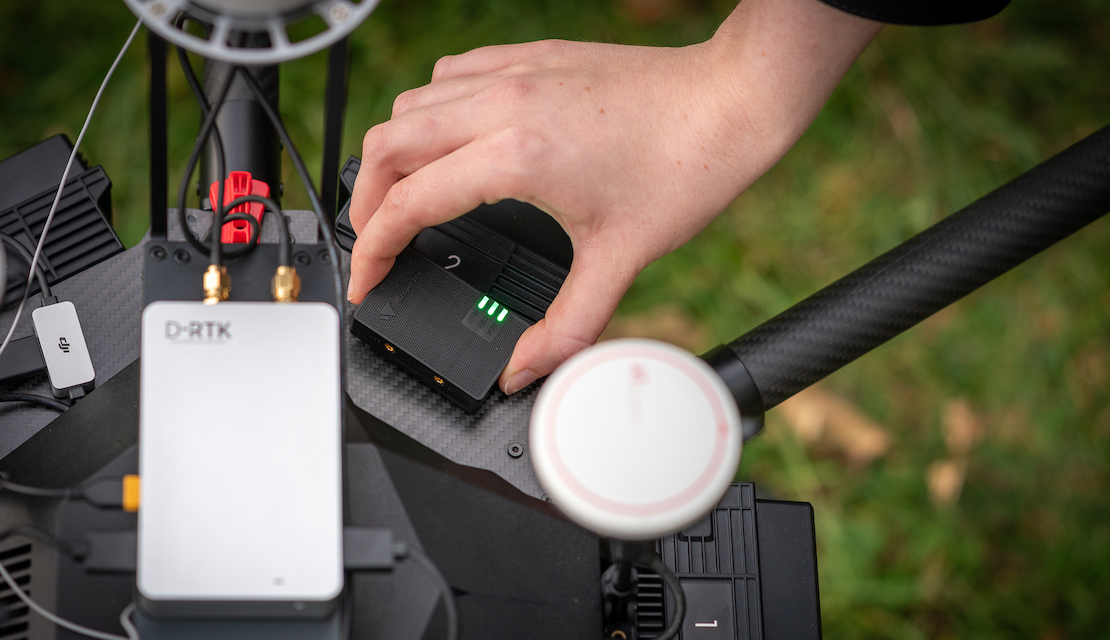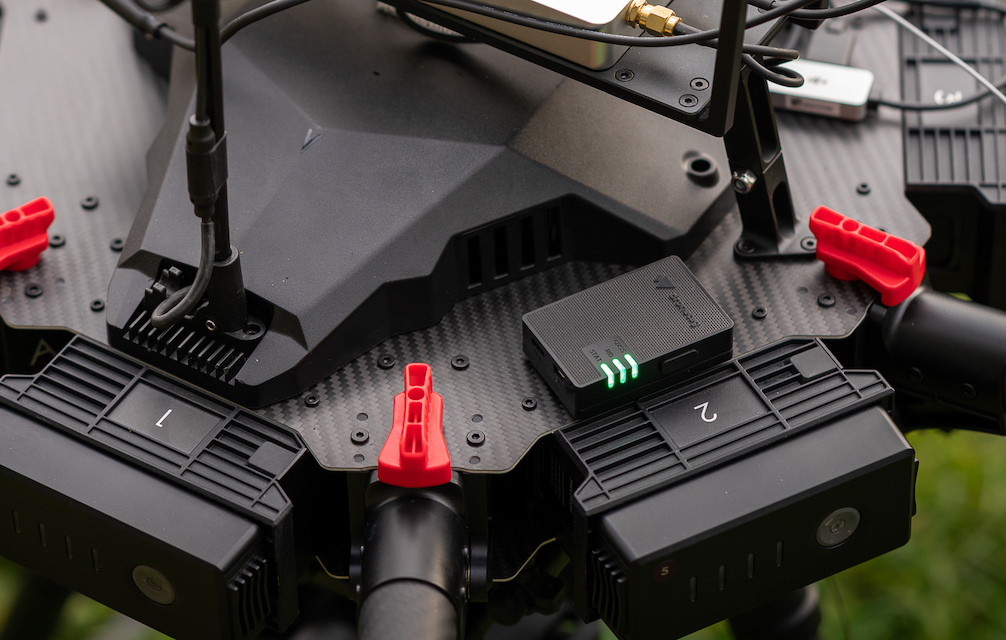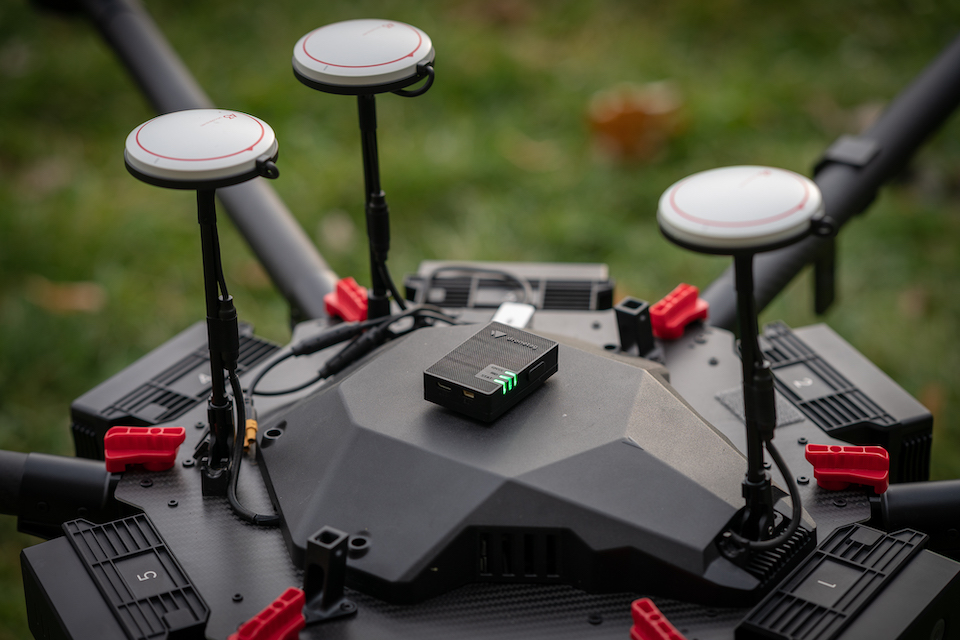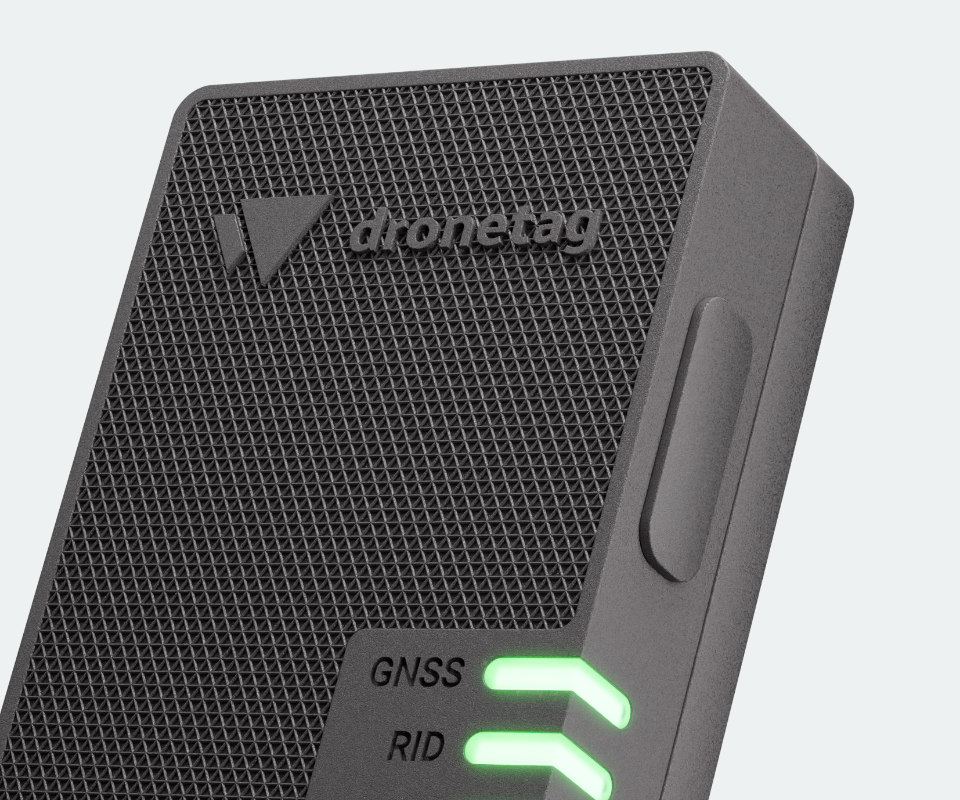
Remote Identification
Network Remote Identification
Dronetag Mini transfers your drone's position and identification to our cloud. By displaying the real-time data in our app Dronetag enables coordination in the European U‑space. Finally.
Direct (Broadcast) Remote Identification
Your drone's info is transmitted via Bluetooth to up to 1.5 km (0.9 miles). With our Direct Remote ID, you fulfil all the new regulation necessities, and you are free to fly & touch the sky!
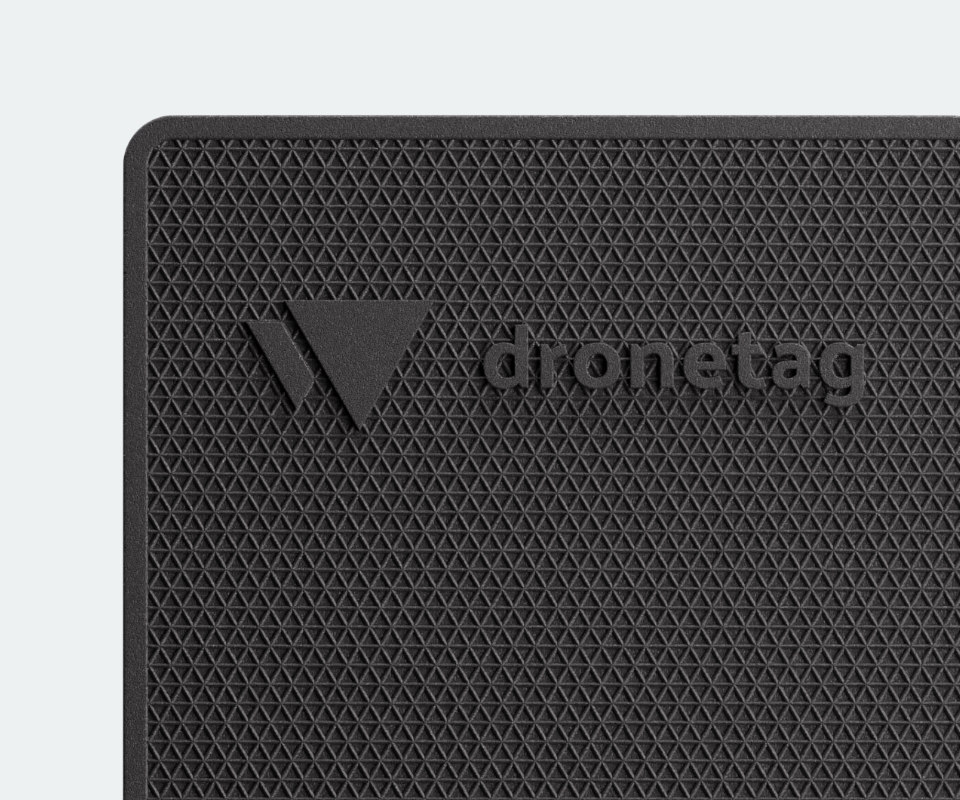
Smallest and lightest
Dronetag Mini is the smallest, lightest, most affordable Remote ID device on the market
With the half size of a muesli bar, the weight of 32 g (1.1 oz), it offers everything you need to fly safe & compliant.
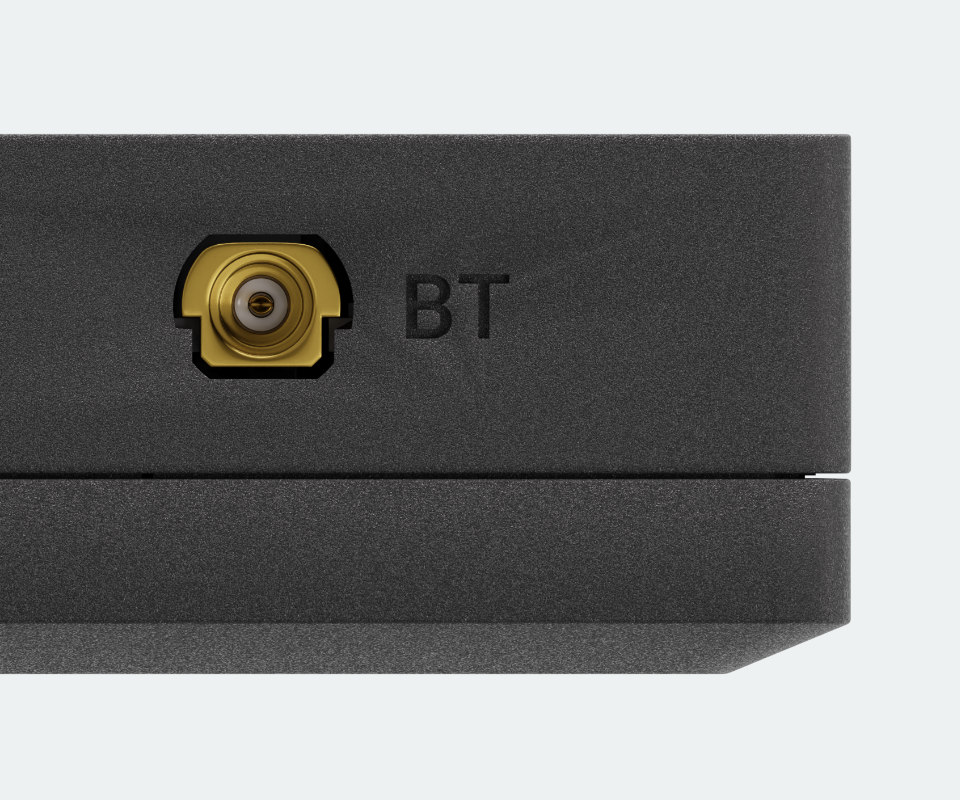
Independent, locked and with the longest battery life
Mini is attachable to any drone with a strong reclosable dual lock fastener (you can lift average drone by it). The device has internal GNSS, LTE and Bluetooth antennas and offers up to 14 hours of battery life.


